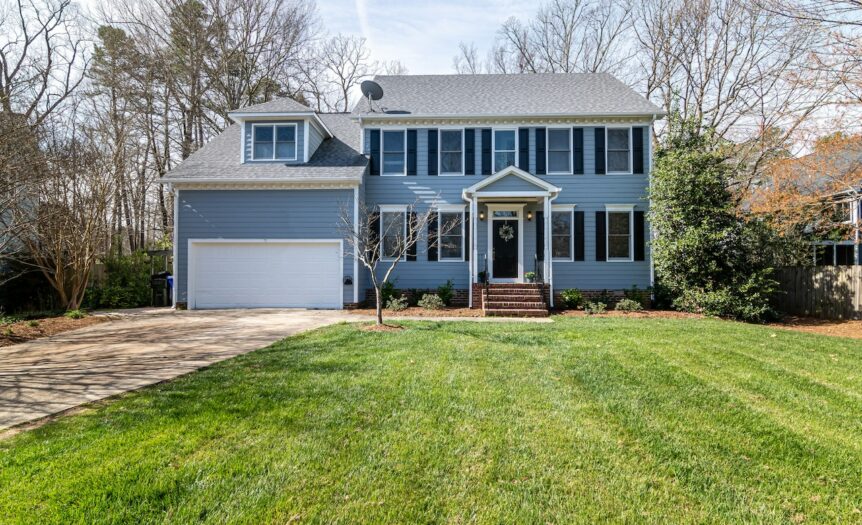How Much Does it Cost to Get Electricity to a Property
Getting electricity to a property is an essential step in ensuring its functionality and convenience. Many factors contribute to the overall cost of this process, including the location of the property, distance from power lines, required permits, and installation fees. So, how much does it actually cost to get electricity to a property?
The cost of getting electricity to a property can vary significantly depending on various factors. In rural areas where power infrastructure may be limited or non-existent, the expenses can be higher as additional equipment and materials may be needed for connection. On average, homeowners can expect to pay anywhere from $1,000 to $5,000 or more for installing electrical service.
Understanding the Power Grid Infrastructure
When it comes to getting electricity to a property, it’s important to have a good grasp of the power grid infrastructure. This intricate network is responsible for generating, transmitting, and distributing electrical power to homes and businesses. Let’s delve into the key components that make up this essential system.
- Generation: The power grid starts with the generation of electricity. Power plants, whether they are fueled by coal, natural gas, nuclear energy, or renewable sources like solar or wind, produce electricity through various means. These plants generate electricity at high voltages before it enters the transmission system.
- Transmission: Once generated, electricity needs to be transmitted over long distances from power plants to substations closer to populated areas. This is achieved through an interconnected network of high-voltage transmission lines. These transmission lines can span hundreds or even thousands of miles and are typically mounted on tall towers or carried underground in some cases.
- Substations: At substations along the transmission lines, voltage levels are stepped down using transformers so that electricity can be safely distributed within communities and neighborhoods. Substations also serve as control centers for monitoring and regulating voltage levels as well as managing the flow of electricity throughout the grid.
- Distribution: From substations, lower voltage distribution lines carry electricity into residential and commercial properties. These lines often run above ground on utility poles or underground in buried conduits. Distribution transformers further reduce voltage levels to a safe level for use in households and businesses.
- Service Connections: Finally, service connections bring electrical power from distribution lines directly into individual properties through meters installed by utility companies. These meters measure the amount of electricity consumed by each customer for billing purposes.
The cost associated with getting electricity to a property depends on several factors such as distance from existing infrastructure, type of terrain (rural vs urban), availability of resources (such as easements for installing poles/lines), labor costs involved, and any necessary upgrades or installations required.

Estimating Equipment and Installation Costs
When it comes to getting electricity to a property, one of the crucial factors to consider is the cost. Understanding how much it costs to get electricity set up can help you plan your budget effectively. Let’s delve into estimating equipment and installation costs for bringing electricity to your property.
- Electrical System Components: To estimate the equipment and installation costs accurately, it’s important to consider the various components involved in an electrical system setup. These components typically include:
- Service Entrance: This includes items like meter sockets, weather heads, and conduit.
- Main Service Panel: The main panel houses circuit breakers or fuses that distribute power throughout your property.
- Wiring: This covers the electrical wiring required for both indoor and outdoor applications.
- Outlets and Switches: The cost of outlets, switches, and other fixtures needed for connecting devices should also be factored in.
- Distance from Power Source: The distance between your property and the nearest power source can impact the overall cost of getting electricity installed. In general, longer distances may require more materials such as additional wiring or transformers, which can increase expenses.
- Property Size: The size of your property plays a role in determining equipment and installation costs as well. Larger properties may require more extensive wiring or multiple service panels to adequately meet power demands across different areas.
- Local Regulations: Local regulations and codes may affect the installation process and associated costs. It’s essential to consult with local authorities or electricians familiar with these regulations to ensure compliance while estimating expenses accurately.
- Hiring Professionals: Unless you have expertise in electrical work, hiring licensed electricians is highly recommended for safe, efficient installation. Labor costs can vary based on factors like location, complexity of work involved, and contractor rates.
Remember that these estimations are provided as general guidelines only since actual costs can vary significantly depending on specific circumstances unique to each situation.








